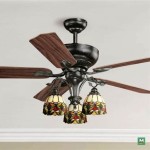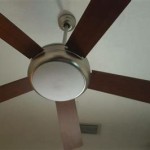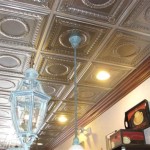Molding for ceilings is a great way to add a touch of sophistication and beauty to any room. Whether you’re looking to spruce up a bedroom, bathroom, kitchen, or living room, ceiling moldings are the perfect way to give your home a unique and stylish look. In this guide, we’ll explore the different types of ceiling moldings and their uses, as well as provide tips on installation and maintenance.
Types of Ceiling Moldings
There are several different types of ceiling moldings available, each with its own unique features and benefits. Some of the most common types of ceiling moldings include crown molding, chair rail and cornice molding, cove molding, and ceiling medallions. Let’s take a closer look at each one.
Crown Molding
Crown molding is a decorative trim that is installed along the junction of the ceiling and wall. It is usually made from wood or a type of synthetic material and is available in a range of colors and finishes. Crown molding can be used to add a touch of elegance to a room, as well as provide an architectural detail.
Chair Rail and Cornice Molding
Chair rail and cornice molding are both types of decorative trim that are installed along the walls of a room. Chair rail molding is generally used to protect walls from damage caused by furniture and chairs, while cornice molding is commonly used to give a room a finished look. Both types of molding are available in a range of designs, colors, and finishes.
Cove Molding
Cove molding is a type of decorative trim that is installed along the junction of the ceiling and wall. It is usually made from wood or a type of synthetic material and is available in a range of colors and finishes. Cove molding can be used to add a touch of elegance to a room, as well as provide an architectural detail.
Ceiling Medallions
Ceiling medallions are decorative pieces that are installed around a light fixture or ceiling fan. They are typically made from wood, plaster, or a type of synthetic material and are available in a variety of shapes and sizes. Ceiling medallions can be used to add a touch of sophistication to a room.
Tips for Installing Ceiling Moldings
Installing ceiling moldings is a relatively easy task and can be done with a few simple tools. Here are some tips to help you get started:
- Measure the area where the molding will be installed and make sure to leave enough room for the molding and any trim.
- Use a level to make sure the molding is properly aligned.
- Use a nailgun or adhesive to securely attach the molding to the wall.
- Use a putty knife to fill in any gaps between the molding and the wall.
- Sand the molding and wall down to get a smooth finish.
- Paint the molding and wall to match the color of the room.
Tips for Maintaining Ceiling Moldings
Maintaining ceiling moldings is important to ensure that they last for years to come. Here are some tips to help you keep your moldings in good condition:
- Clean the moldings regularly with a damp cloth to remove dirt and dust.
- Repair any cracks or chips in the molding as soon as possible.
- Avoid using harsh chemicals or abrasive cleaning products on the moldings.
- Check the moldings periodically for signs of damage or wear.
- Touch up the paint on the moldings as needed to keep them looking fresh.
Conclusion
Ceiling moldings are a great way to add a touch of elegance and sophistication to any room. With a few simple tools and some basic knowledge, you can easily install and maintain ceiling moldings. We hope this guide has provided you with useful information about the different types of ceiling moldings and how to install and maintain them. Thanks for reading!















Related Posts








